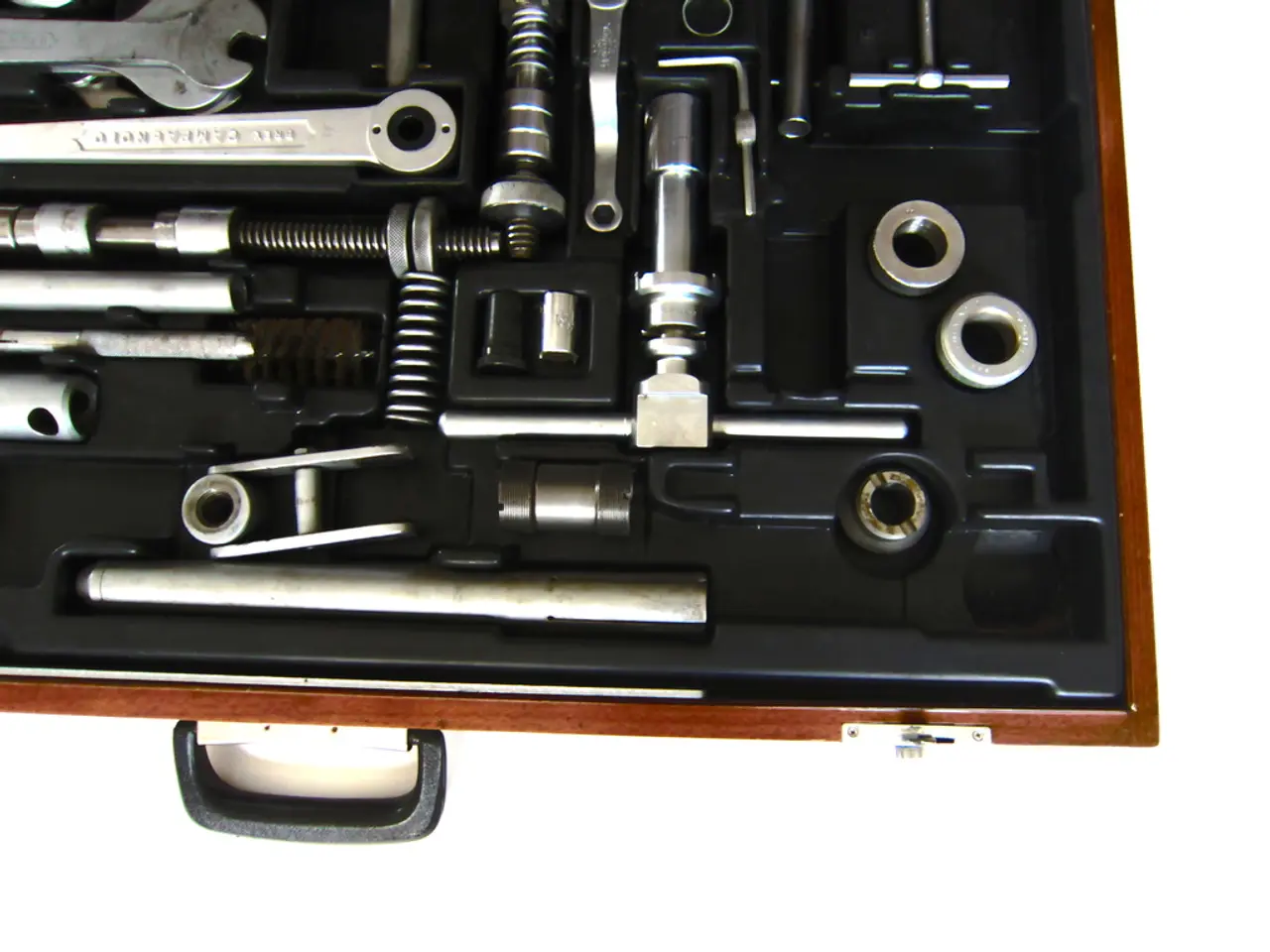Automated Machine Learning with H2O: Utilizing H2O to streamline the process of machine learning model development.
In the realm of data science and machine learning, H2O AutoML stands out as a powerful tool that automates key tasks, making it easier for users to build high-quality predictive models. This innovative approach streamlines the entire machine learning pipeline, from model selection and training to tuning and ensembling.
To get started with H2O AutoML, users first need to install the software using pip or set up the Java Development Kit (JDK) for local environments. Once installed, H2O can be launched on the localhost, and the user interface, known as FlowGUI, can be accessed at localhost: 54321.
The H2O AutoML process begins with data input and preprocessing. Users provide a training dataset with features and a target variable, and H2O AutoML handles data preparation internally. This includes tasks like data splitting and feature handling, ensuring the data is ready for model training.
Next, the system automatically tries multiple machine learning algorithms such as generalized linear models, gradient boosting machines, random forests, and deep learning models to find the best candidates. This automation eliminates the need for users to have deep knowledge of which models to try.
Following algorithm selection, H2O AutoML performs automated hyperparameter optimization for each model type to improve predictive performance without manual intervention. This saves time and expertise, allowing users to focus on other aspects of their project.
Once candidate models have been selected and optimized, they are trained on the training data within a user-defined resource/time limit. H2O AutoML trains these models in parallel, efficiently exploring the model space.
Ensemble models can also be generated by stacking multiple base learners, further boosting accuracy. The system provides a leaderboard that ranks all trained models based on performance metrics, enabling easy selection of the best model.
The best model can then be exported in portable formats like MOJO or POJO for efficient scoring in production. This ease of export and deployment allows users to quickly put their models into action.
H2O AutoML's automation extends to big data scalability through distributed in-memory computing. It provides easy-to-use APIs and interfaces (Python, R, Flow UI) for initiating AutoML runs with minimal setup.
In Python, for example, users can initiate an AutoML run with just a few lines of code:
```python from h2o.automl import H2OAutoML
aml = H2OAutoML(max_models=10, max_runtime_secs=3600) aml.train(y="response", training_frame=data) ```
With H2O AutoML, users can build high-quality predictive models quickly and effectively without deep ML expertise. The California Housing Dataset, easily available in Colab, provides a great starting point for implementing H2O AutoML. Whether you're a seasoned data scientist or new to the field, H2O AutoML is a valuable tool in your machine learning arsenal.
[1] H2O.ai. (n.d.). Automated machine learning with H2O AutoML. Retrieved from https://docs.h2o.ai/h2o/latest-stable/h2o-docs/automl.html [2] H2O.ai. (n.d.). H2O AutoML API. Retrieved from https://docs.h2o.ai/h2o/latest-stable/h2o-docs/automl_api.html
- To leverage H2O AutoML's full potential, users can employ various algorithms offered during the model selection process, such as stacking multiple base learners, which encompass techniques like generalized linear models, gradient boosting machines, random forests, and deep learning models - all areas of technology known for their instrumental role in data-and-cloud computing.
- Once the best model is chosen, it can be exported in portable formats like MOJO or POJO for efficient scoring in production, demonstrating H2O AutoML's seamless integration with technology that facilitates scalability across data-and-cloud computing stacks.




